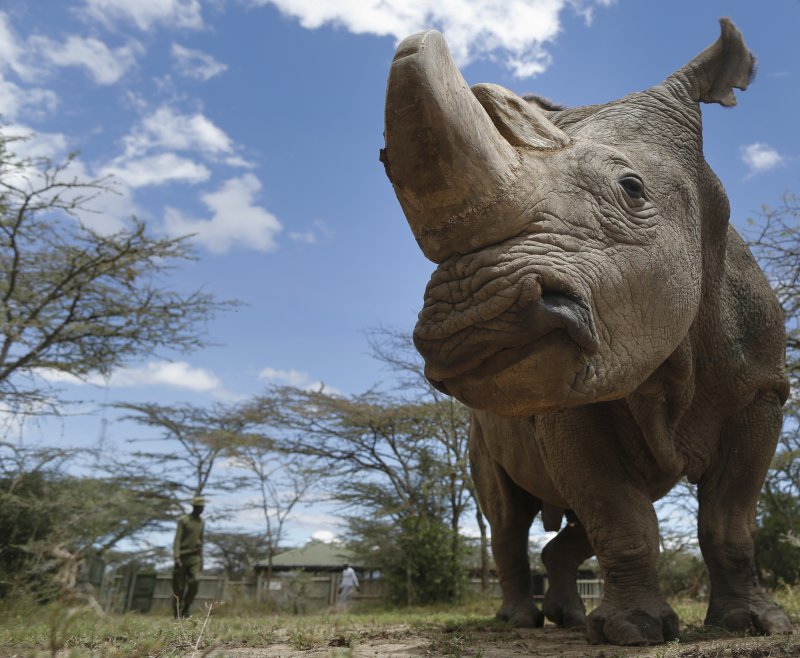'Pashtun nationalism poses threat to Pakistan statehood's existence'
Across Pakistan, there is a debate on whether Pashtun nationalism can bring an end to the existing Pakistani state.

Across Pakistan, there is a debate on whether Pashtun nationalism can bring an end to the existing Pakistani state. Islamabad is repeating its previous mistake by treating the Pashtuns and other tribal communities in a similar fashion like it did the Bengali community of erstwhile East Pakistan, after independence that ultimately led to the creation of Bangladesh, according to an analysis by the Policy Research Group (PRG)s Strategic Insight.
Pashtun is the same people who live on either side of the Durand Line and it is only natural for them to be united to their people and land on either side. Meanwhile, the feeling of ethnic belonging among the Pashtun community on either side of the Durand Line is very strong combined with systemic discrimination meted to them by Pakistan's politico-military establishment, according to PRG's Strategic Insight.
Earlier, the violence meted out to them by the Pakistani state, such that any initial spark towards a civil war resulted in the unification of Pakistan's provinces of Khyber Pakhtunkhwa and Balochistan with Afghanistan. The above may come from within the Pashtun people themselves without requirement of any external provocation.
On the other hand, during the brief Taliban rule over Afghanistan in the late 1990s, the Pakistani military thought that the Taliban recognize the Durand Line. However, things turned out quite the opposite; the Taliban refused to recognize the Durand Line and encouraged Pashtun nationalism.
The tribal Pakhtuns live this peculiar fate. They are being killed by bullets, sliced apart by fencing, and silenced by the state machinery. Living in this state of apartheid, they are left with few options; to quit or become war fodder in the state's foreign policy designs and the least of which is to rise up to initiate a civil war, according to PRG's Strategic Insight. (ANI)
(This story has not been edited by Devdiscourse staff and is auto-generated from a syndicated feed.)











